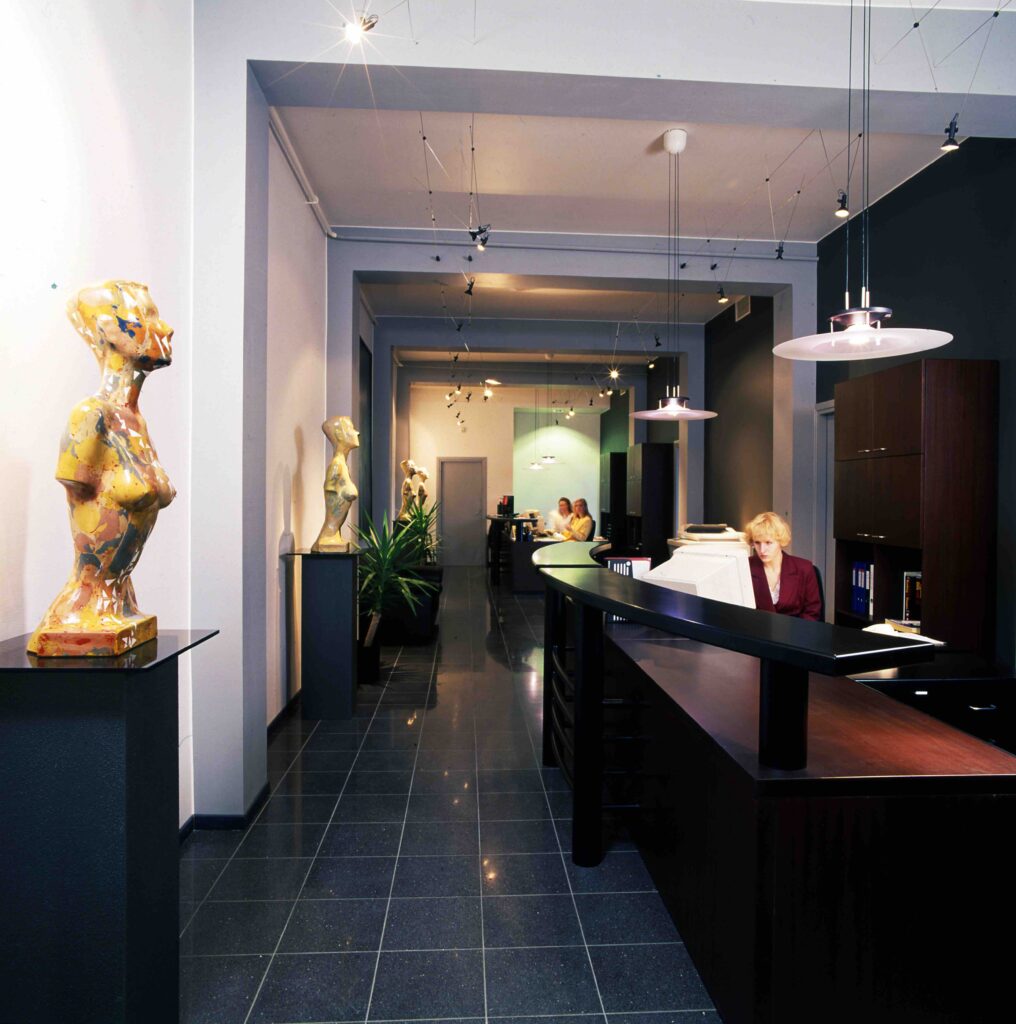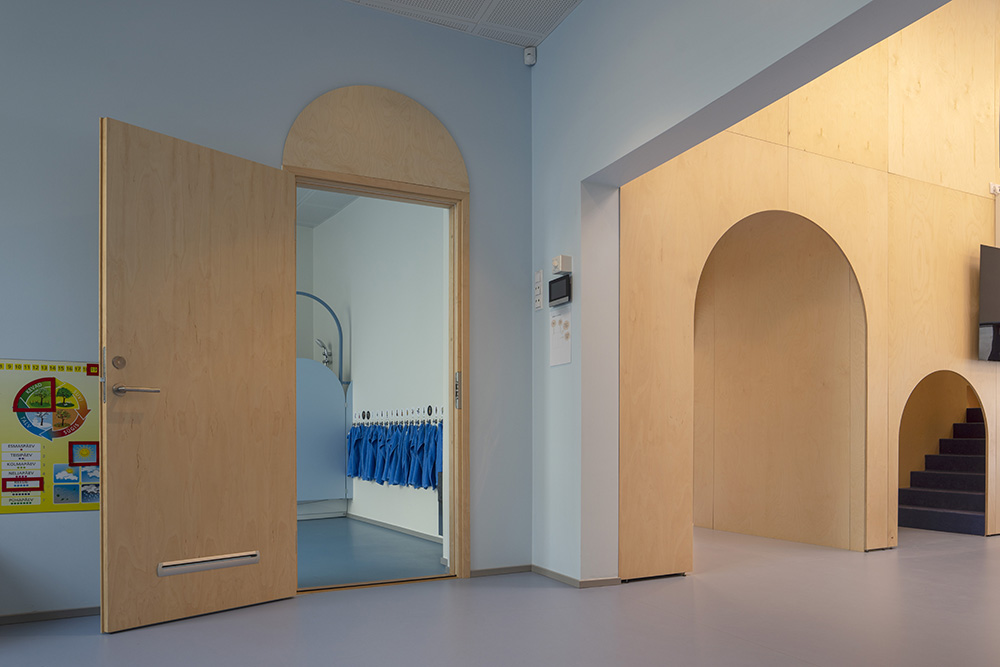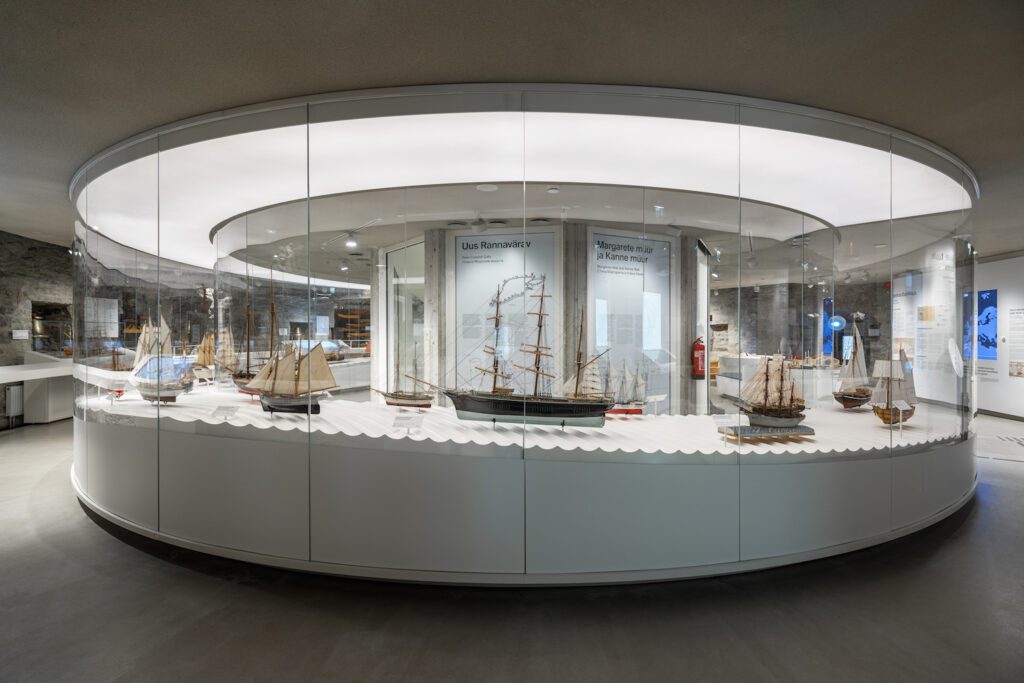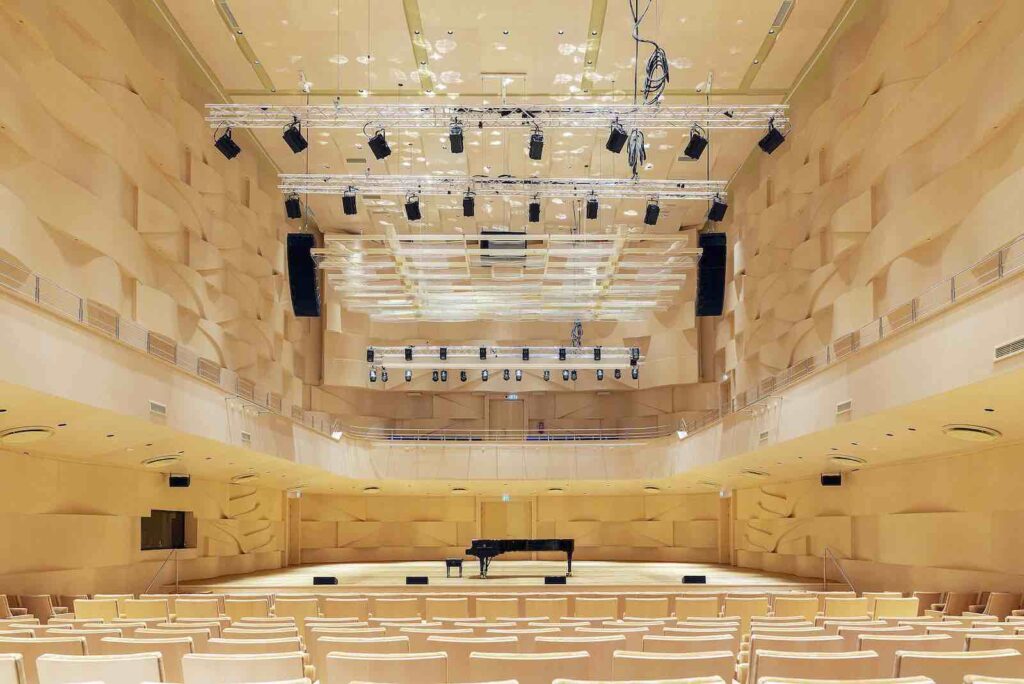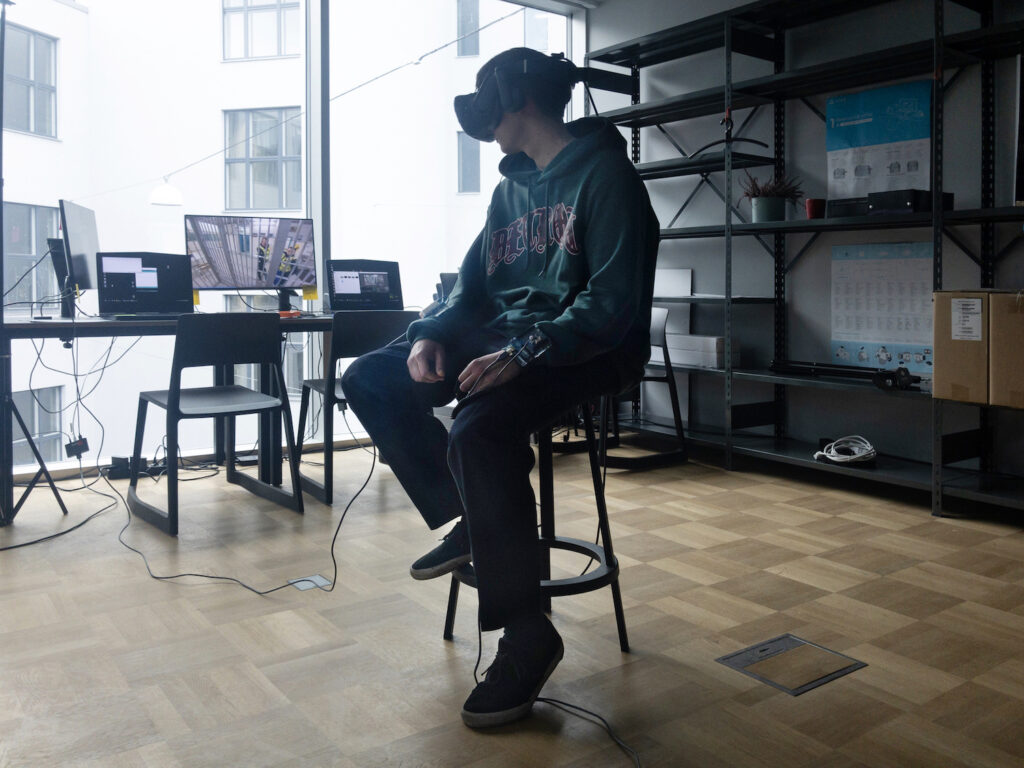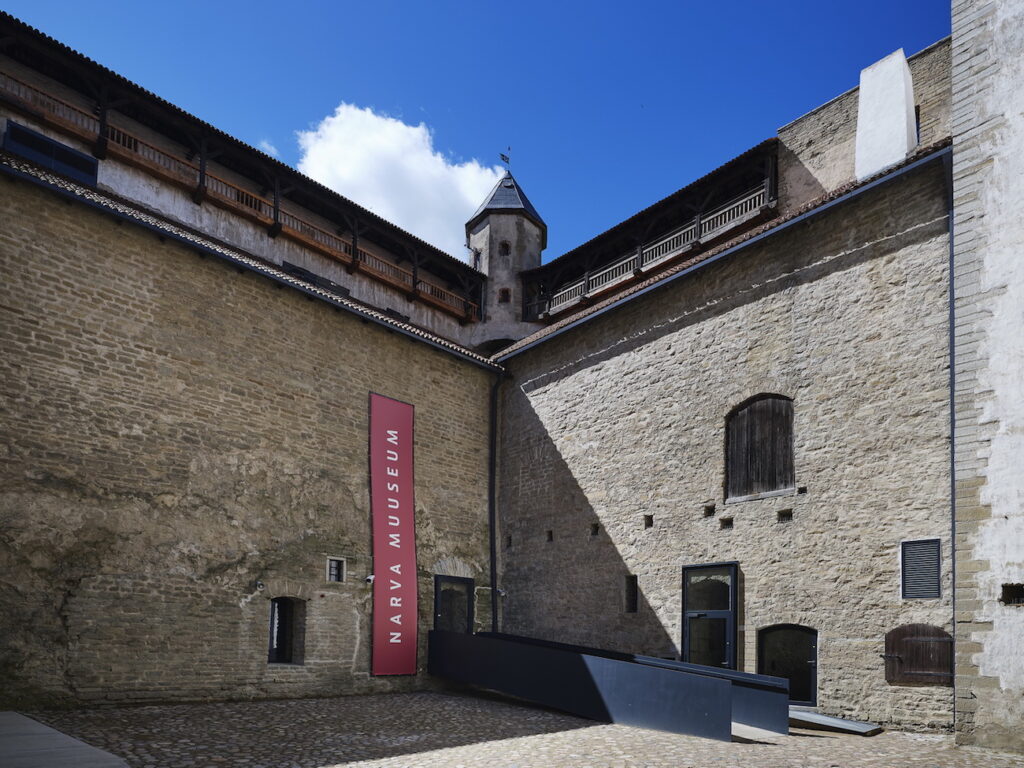INTERJÖÖR
A TV show called Restaurant 0 recently aired on Estonian Television, which focused on an experiment conceived by the Põhjaka chefs Ott Tomik and Märt Metsallik to open a conceptual restaurant in Viljandi within a single week. A question was raised on how it is possible to live sustainably and peacefully in a time when ecological catastrophe is imminent. Is it possible to establish a restaurant on zero budget and with zero footprint? The chosen location was an idle, rather deserted-looking 18th-century building in Viljandi. Studio kuidas.works was summoned to devise a spatial solution for the project.
We have gained an unprecedented amount of trust from our employers. Work has suddenly become dispersed, taking place asynchronously at different locations and different times. One gets a sense now of deeper reflection on how companies should organise their work and inspire their workers. This has led to a shift in understanding—what takes place within the environment has begun to affect the environment itself and its fundamental idea, which in turn guides the aesthetic decisions on space.
Photo Essay by Paco Ulman.
Estonian Academy of Arts (EKA) master’s theses in interior architecture demonstrate an ability to raise serious global issues, and a polemical search for what interior architecture could contribute to their resolution.
Urmo Vaikla is an interior architect and an executive board member of the International Federation of Interior Architects/Designers. We discussed the current state of interior architecture and the challenges it faces in the contemporary world.
Could a space be experienced before its completion? The authors of the interior architecture of Fat Margaret museum discuss how they used photogrammetry and virtual reality technology in the design process and how it facilitated the communication between the various project partners.
On the morning of August 29th in 2017, freshmen of the Department of Interior Architecture were waiting for a train at Baltic railway station at 7.44 am to head to Pärnu. What lay ahead was a three-day trip, followed by a three-year-journey into the unknown. Yet, these students were not completely caught off guard by these successive events as they had been admitted to the Department of Interior Architecture at the Estonian Academy of Arts, run by Hannes Praks.
Happiness—a word frequently used to describe the sensation emanating, exuding and radiating from the newly completed large concert hall of the Estonian Academy of Music and Theatre. How is happiness built?
Biometric technologies and spatial computing—could enhanced communication between human and machine transform our spatial experiences beyond all recognition?
Rather than exhibiting objects and asking questions, the contemporary museum has become a place for experiences requiring submission to the logic of storytelling. Triin Ojari considers how the reconstructed Narva Castle relates to history and providing experiences.
Postitused otsas


